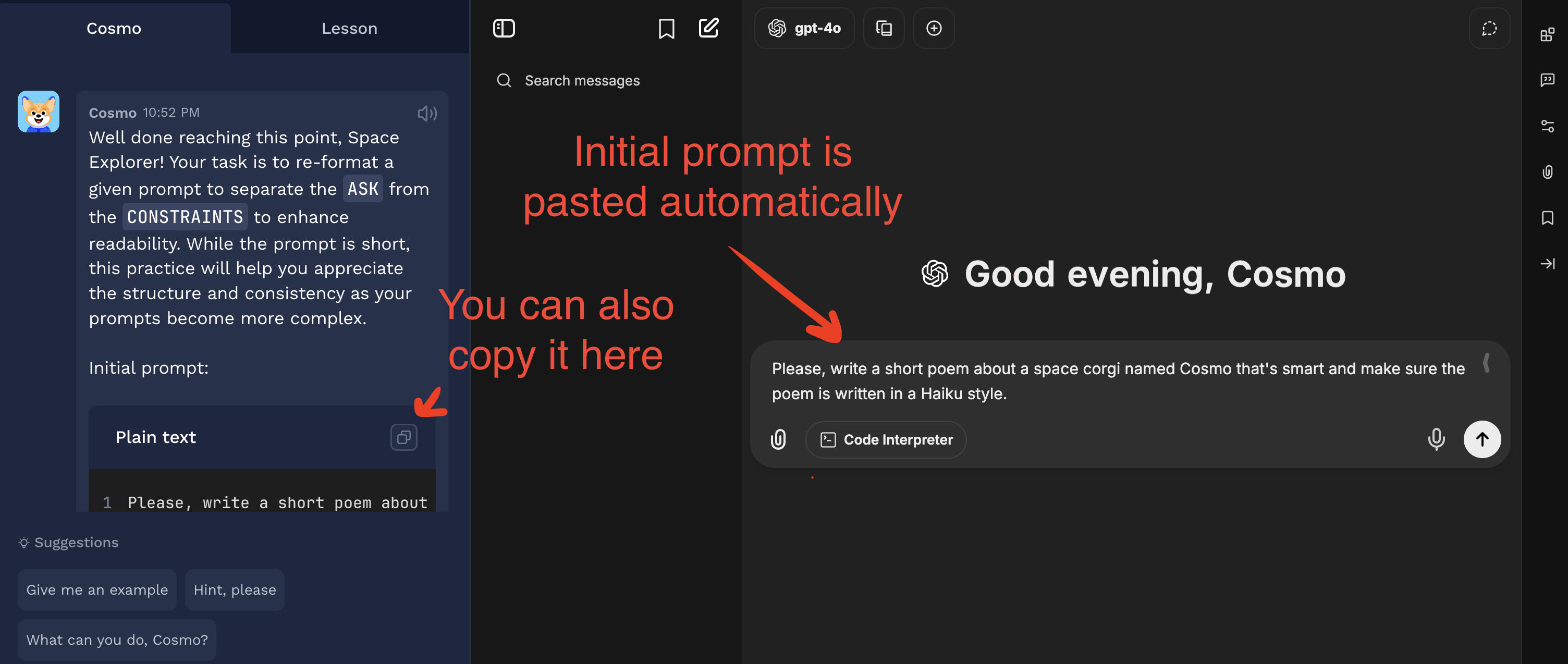Welcome to the fascinating world of Large Language Models (LLMs) and the basics of prompting techniques! In this first lesson, we're going to dive into what LLMs really are. Spoiler alert! They’re essentially next-word prediction machines. This might sound simple, but there's a lot more than meets the eye. Whether you're completely new to coding or just curious about how these technological marvels work, you're in the right place. Let's embark on this exciting journey together and unwrap the mysteries of LLMs, starting with their core functionality.
Imagine you’re writing a text message or an email, and your phone suggests the next word you might want to type. That's a very basic example of what Large Language Models (LLMs) do. However, LLMs like GPT-4o, Claude 3.5 Sonnet, and LLaMA are like the superheroes of word prediction. They don't just suggest the next word in a sentence; they can generate whole paragraphs of text that make sense based on the input they receive. They do this by sequentially predicting the next word that continues the text they've already got.
At their core, LLMs analyze vast amounts of text data. Through this analysis, they learn patterns, nuances, and the structure of language. This enables them to predict what word naturally comes next in a series of words. It's like they're constantly playing a game of “fill in the blank,” but at an astonishing scale and speed.
You might wonder how LLMs are able to make these predictions. Well, it's all about training. LLMs are exposed to huge datasets containing all sorts of textbooks, articles, websites, and more. During this training phase, they learn to understand the context and flow of language. They pick up on things like grammar, style, and even the tone of the text.




